The importance of yachting’s role in whale conservation
Matthew Zimmerman, CEO of FarSounder, explores how the industry can help to protect these gentle giants…
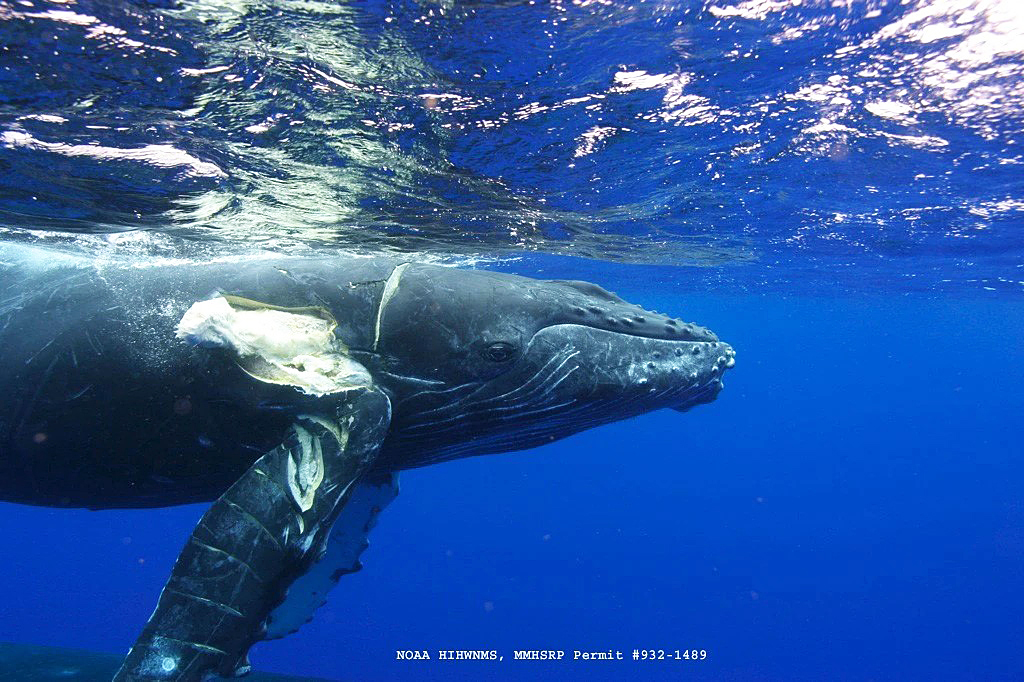
Humpback whale suffering ship-strike wounds in Hawaii.
Image courtesy of NOAA. Taken under NOAA HIHWNMS, MMHSRP Permit #932-1489.
When I helped found FarSounder 24 years ago, our motivations came from an environmental perspective: “Can we develop a technology that can help vessels avoid hitting rocks causing oil spills, and avoid whales causing ship strikes?”. Today, our 3D forward-looking sonar products are being used by vessels around the world exactly for these types of applications. These products didn’t materialise magically. Rather, my team and I spent years researching, developing, testing and improving the technology.
Over the course of this development, I’ve had the opportunity to participate in a number of whale research studies, and along the way, I learned an incredible amount about these amazing creatures beyond just what they look like to a sonar. If you’ve had the opportunity to spend any amount of time close up with these amazing creatures, the experience is transformative.
Before the age of whaling, there were an estimated four to five million whales globally. Today, only about 25 per cent remain and many of the world’s whale populations are endangered, with some at a high risk of extinction. For example, only about 370 North Atlantic right whales are left, of which only about 70 are breeding females. The Atlantic populations of gray whales have already been hunted to extinction, and today, Western gray whales number only about 300. Similarly, there are only about 200 to 250 Eastern Mediterranean sperm whales. These are shockingly low numbers and it's not just these three species. The International Union for Conservation of Nature (IUCN) lists 14 of the 89 existing species of cetaceans as endangered or critically endangered.
Captains are trained to think about the safety of the vessel, guests and crew. However, there's a broader responsibility that we should be taking just as seriously: the safety of the ecosystems we move through, including avoiding harm to whales. The two leading causes of death for great whales are ship strikes and entanglement.
These giants inspire awe, but they also need our help. It is clear to me that the yachting industry has a unique opportunity to play a critical role in helping to conserve whale populations.
“Why should we care about whales?” Well, whales actually play an important role in the complex systems that support life here on Earth. Phytoplankton are responsible for producing 50 per cent of the planet’s oxygen and absorb nearly a third of human-generated carbon dioxide. A primary source of nutrients for phytoplankton comes from a process called the whale pump.
When whales feed at depth, they return to the surface for air where they expel large amounts of nutrient-rich faeces. These nutrients contribute to the growth of the carbon-capturing phytoplankton blooms. Globally, marine phytoplankton capture the equivalent of four Amazon rainforests’ worth of carbon dioxide each year as they photosynthesize. These microscopic plants also promote overall ocean productivity by providing food for other marine species.
Additionally, whales feed on krill which, if left unchecked, would decimate the phytoplankton. Whales keep this delicate system in balance. So by helping whale conservation and restoration efforts, we’re actually helping to rebuild nature’s delicate and complex ecosystems.
I’m heartened that most people I speak with in our industry would like to do something. However, they often don’t know what they as an individual can do or are concerned about the impact on their vessel’s daily activities. Fortunately, there are a number of actions well matched for the yachting sector including reducing ship-strike risk, participating in citizen science initiatives and supporting active research programmes.
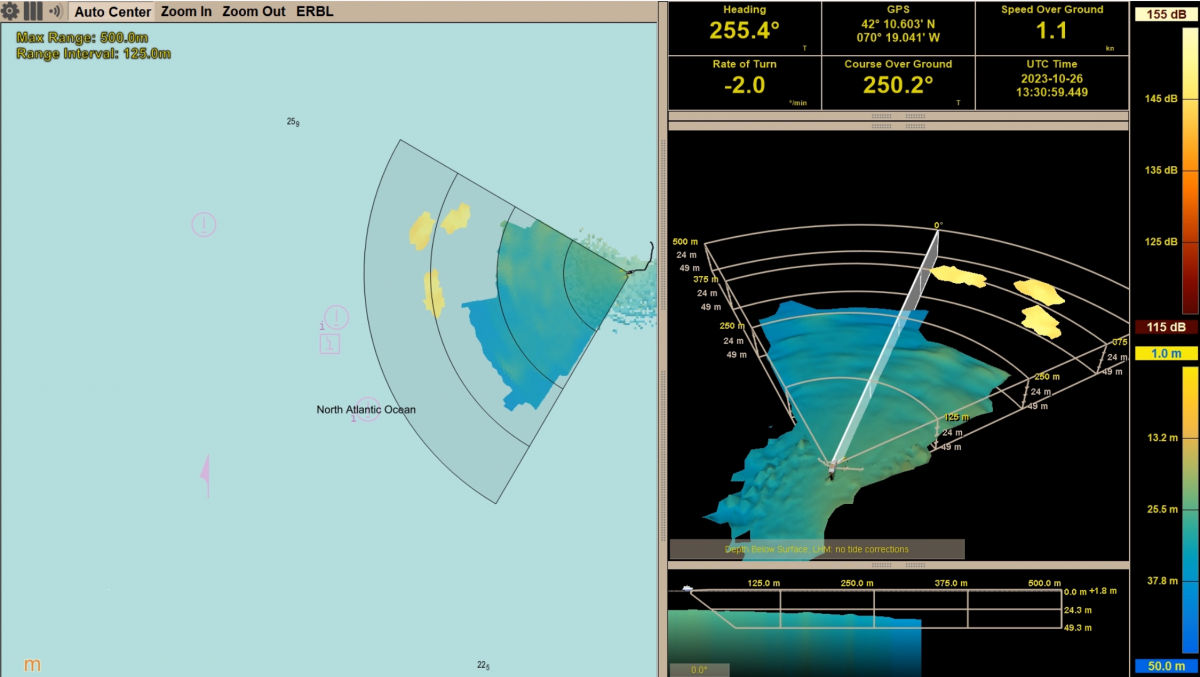
Screenshot from FarSounder’s user interface software showing the detection of multiple humpback whales.
Image courtesy of FarSounder.
Reducing ship-strike risk can easily be achieved with minor modifications to a vessel’s operations. Studies show that reducing vessel speeds when operating in areas known for whale activity can have a significant impact. For many vessels, speed reduction also equates to better fuel efficiency and reduced carbon emissions. However, reducing speed is not the only approach. Technology can play a role as well.
Automated watch systems are now starting to be deployed by coupling above-water cameras with image-processing software. However, whales spend the majority of their time below the water. Although they are becoming more commonplace, above-water systems can only catch a glimpse during the brief periods that whales break the surface. Underwater sensors like 3D forward-looking sonars are a clear complement to above-water sensors. These systems are safe for whales and safe for the environment. When coupled with camera systems, they provide vessels with an even more robust risk-reduction system.
Installing such systems is a great benefit for that one particular vessel. However, not every vessel can justify having its own camera and sonar systems. Because of this, I’ve become an active member of the Whale and Vessel Safety Taskforce (WAVS). WAVS is dedicated to developing an industry-wide, holistic approach to reducing whale ship-strike risk. The WAVS vision is to identify areas of high whale activity and disseminate those areas to all vessels for display on their MFDs and ECDIS. They plan to achieve this by processing large amounts of whale sightings aggregated from a variety of sources. However, without widespread data, we can’t focus conservation efforts. This is where Citizen Science initiatives come into the picture.
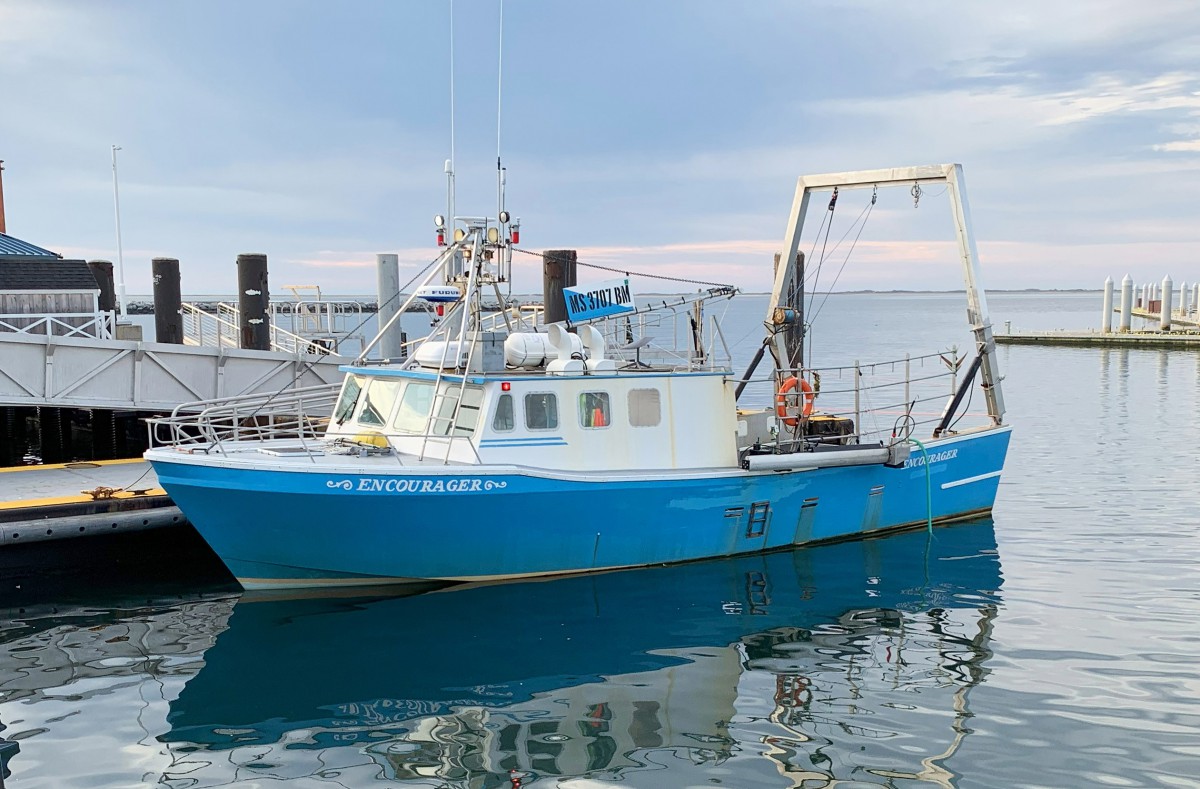
Temporary pole mount deployment of Argos 1000 sonar installed aboard the M/V Encourager during whale research project. Image courtesy of FarSounder.
Two well-known organisations spearheading crowdsourced whale sightings are Ocean Wise and Whale Alert. Although they have different missions and goals, both offer free mobile apps that allow anyone to log sightings and view curated reports. These apps make it possible for crew and guests to participate in global efforts without adding any specialised equipment. However, for vessels that do have FarSounder’s Argos navigation sonars installed, our latest software adds functionality for the bridge crew to log whale sightings, which will then be passed on anonymously to both organisations.
Beyond simply participating in citizen science efforts, there are also opportunities for owners who want to take a more significant role in whale conservation by supporting active research programmes directly. The scientific community has a substantial need for ship time. By hosting scientists or deploying specialised gear, a yacht can become a valuable scientific resource with or without the participation of guests on board. Both the International SeaKeepers Society and Yachts for Science are organisations that match yachts with science teams. Both organisations have ongoing whale-related projects. By participating in such programmes, yacht owners find a way to add meaning to their time on board through unique, worthwhile experiences.
If you’ve ever seen a whale breach, spout or glide beneath your hull, you know the feeling. It’s humbling. These giants inspire awe, but they also need our help. It is clear to me that the yachting industry has a unique opportunity to play a critical role in helping to conserve whale populations. So to all the captains, owners reps, management teams and owners, as you begin this next yachting season, think about your role in the big picture of whale conservation. I’ll leave you with this challenge: how will you help?
This article first appeared in The Superyacht Report – Captains Focus. With our open-source policy, it is available to all by following this link, so read and download the latest issue and any of our previous issues in our library.
Profile links
NEW: Sign up for SuperyachtNewsweek!
Get the latest weekly news, in-depth reports, intelligence, and strategic insights, delivered directly from The Superyacht Group's editors and market analysts.
Stay at the forefront of the superyacht industry with SuperyachtNewsweek
Click here to become part of The Superyacht Group community, and join us in our mission to make this industry accessible to all, and prosperous for the long-term. We are offering access to the superyacht industry’s most comprehensive and longstanding archive of business-critical information, as well as a comprehensive, real-time superyacht fleet database, for just £10 per month, because we are One Industry with One Mission. Sign up here.
Related news
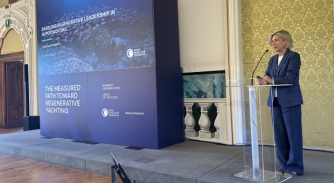
Water Revolution Foundation announces Roadmap 2050
Quantified environmental targets set for a yacht’s life cycle to reach net zero by 2050
Crew
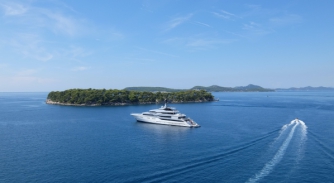
Don’t wait – lead
EU sustainability rules are changing – Water Revolution Foundation outlines what this means for yachting
Business
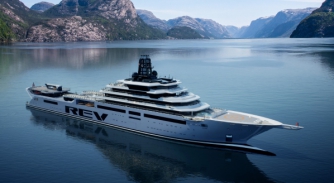
Building superyachts with purpose
REV Ocean – the largest superyacht standard research vessel is on a mission
Crew
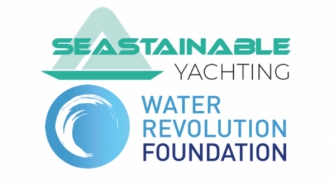
Environmental Crew Guidelines 2.0 to launch at Monaco
Water Revolution Foundation and Seastainable Yachting will be launching Version 2 of the Environmental Crew Guidelines at this year’s Monaco Yacht Show.
Crew

Highlighting eco-innovations
The new and improved Hub of Verified Solutions from Water Revolution Foundation
Owner
Related news
Water Revolution Foundation announces Roadmap 2050
6 months ago
Don’t wait – lead
9 months ago
Building superyachts with purpose
10 months ago
Highlighting eco-innovations
1 year ago
NEW: Sign up for
SuperyachtNewsweek!
Get the latest weekly news, in-depth reports, intelligence, and strategic insights, delivered directly from The Superyacht Group's editors and market analysts.
Stay at the forefront of the superyacht industry with SuperyachtNewsweek



